Why Cord Tissue Banking Is a Lifesaving Investment
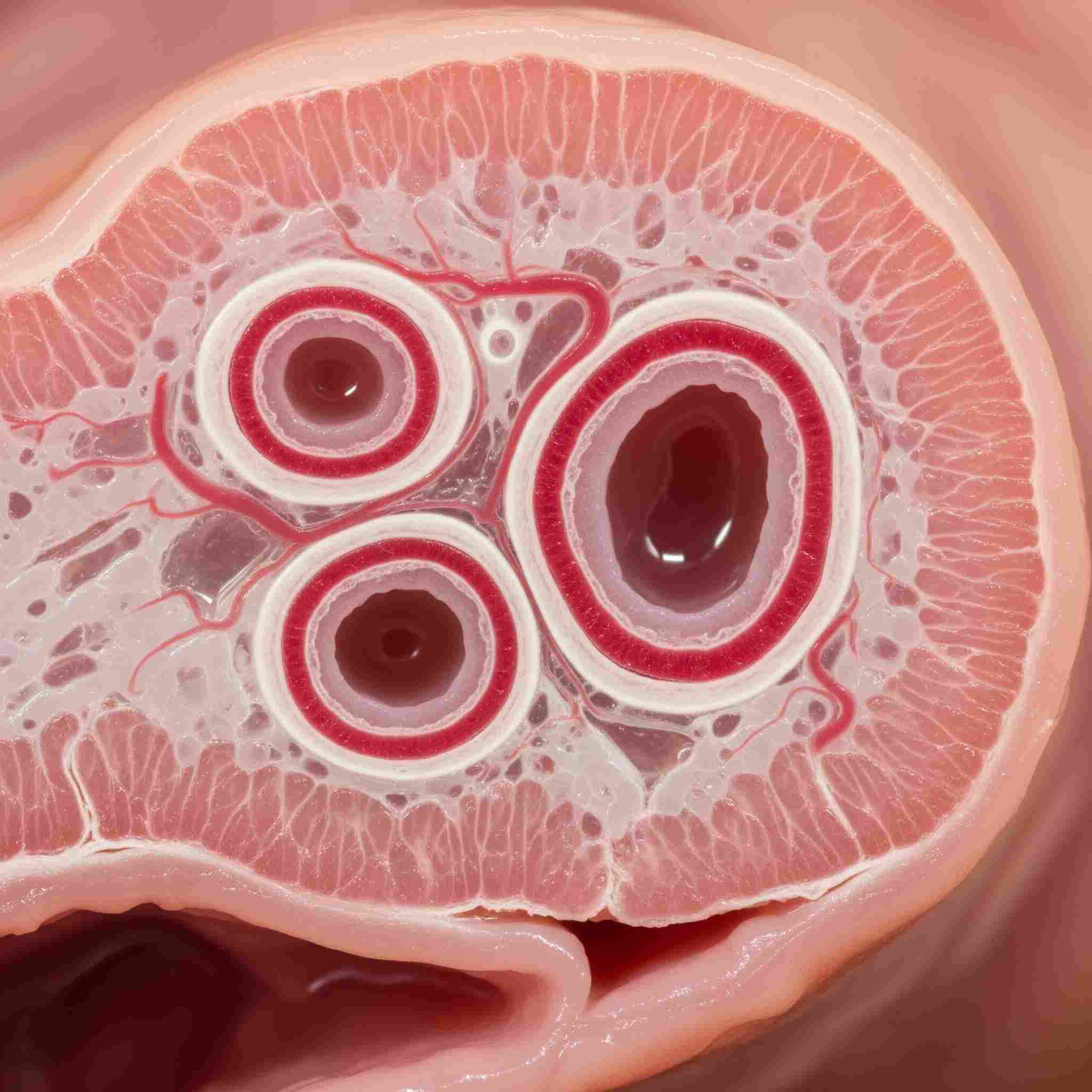
Welcoming a newborn into your family becomes even more joyous when you secure their future beforehand. While there are multiple ways to do that, the primary recommendation would be to consider cord tissue banking. It's basically a form of biological insurance, where parents bank their baby’s stem cells for future therapies.
This is a much easier and less expensive process than cord blood banking that can help you secure your child’s well-being for the future. Let’s explore more about the benefits of the procedure below.
How Does Cord Tissue Banking Work?
Cord tissue refers to the connective tissue of the umbilical cord which is another accessible source of stem cells when a baby is born. These cells can transform themselves into any other cell type to make the body more immune to critical illnesses or diseases.
Meanwhile, these types of umbilical cord stem cells that exist in great quantities in tissues are called mesenchymal stem cells (MSCs). They are specifically collected from the umbilical cord tissue and are genetically unique to your baby and family. An important thing to note here is that cord tissue is routinely discarded along with the placenta after birth.
Expecting parents who want to expand their newborn’s options for future medical treatments may consider banking valuable stem cells from their baby’s cord tissue. Although these cells offer great promise, they are still being studied and are the subject of over 200 clinical trials worldwide.
Research has further indicated that MSCs hold the potential to treat debilitating conditions such as type 1 diabetes, lung cancer, Parkinson’s Disease, heart disease, and injuries to bones and cartilage.
Cord tissue also contains additional cell types, including endothelial cells and perivascular cells, which are being studied for their possible roles in angiogenesis and tissue regeneration. Unlike blood, the matrix known as Wharton’s Jelly is particularly rich in extracellular matrix proteins and growth factors that support cell survival and healing.
Cord Tissue Banking vs. Cord Blood Banking: What’s the Difference?
Although both terms sound pretty similar, there are significant differences between cord tissue banking and cord blood banking. To begin with, collecting cord tissues does not require matching the donor and patient, unlike in cord blood banking, where matching the donor type is mandatory.
Let’s draw a comparison between both procedures in the table below:
| Feature | Cord Blood Banking |
Cord Tissue Banking |
| Source |
Hematopoietic Stem Cells (HSCs) |
Mesenchymal Stem Cells (MSCs) |
| Use Cases |
Treats blood- related disorders (e.g., leukemia, anemia) |
Potential use in regenerative medicine (e.g., cartilage, bone, nerve repair) |
| Matching Requirement | Requires HLA matching for transplants | No matching required for autologous or close-relative use |
| Clinical Applications | 80+ diseases currently treatable using cord blood | Still under research and clinical trials |
| FDA-Approved Therapies | Yes, for several conditions | Not yet approved for standard treatments |
| Collection Timing | Immediately after birth | Immediately after birth |
| Storage Method | Cryopreservation in liquid nitrogen | Cryopreservation in liquid nitrogen |
Cord tissue banking allows for potential use in tissue engineering and wound healing research. While cord blood is routinely used for hematopoietic reconstitution, MSCs are being explored for their proficiency to modulate immune responses and reduce inflammation, which may help in treating autoimmune and degenerative diseases.
What are the Benefits of Cord Tissue Banking?
Saving stem cells from cord tissue is one of the best first decisions you can make for your newborn’s future health coverage. The following cord tissue banking benefits are enough to convince anyone into opting for this procedure:
- Proliferative Properties
Mesenchymal stem cells are more proliferative, which means they have a higher capacity to multiply and expand in number. It means medical professionals can obtain these cells in larger numbers. In short, they are the most ideal option for regenerative therapies and tissue repair.
MSCs from cord tissue also maintain their proliferative capacity longer in culture compared to those derived from adult tissues, allowing for more robust expansion and greater consistency in future therapies.
- Multiple Dosages
Advanced laboratory techniques allow obtaining an unlimited number of purified mesenchymal precursor cells. This means the valuable stem cells are available for therapeutic use more than once. So, if anyone wants multiple dosages of stem cell therapy anytime in the future, they can depend on these cord tissue samples.
This scalability may be critical for emerging “off-the-shelf” cell therapies, where larger quantities of cells are required for clinical protocols or repeated treatments.
- Regulatory Approvals
Mesenchymal stem cells are being researched upon and used across 100 clinical trials, including two phase III clinical trials. As we mentioned earlier, these cells have a higher potential of assisting in advanced medical treatments related to chronic ailments like cancer, thalassemia, and more.
Global regulatory agencies, including the US FDA and EMA, have designated MSC-based therapies as “advanced therapy medicinal products,” and closely monitor clinical trial outcomes to determine their safety and efficacy for eventual approval.
- Safety and Ease in Administration
Unlike other cell therapies the MSCs are administered through standard IV, like many other regular drugs given to patients. It means these stem cells are well-tolerated and do not have any record of patient deaths, toxicity or any adverse side effects. This also makes them ideal for large-scale clinical use in the future.
MSCs are considered immunoprivileged, meaning they evoke minimal immune response, reducing the risk of rejection or adverse reactions even when used in allogeneic (donor-to-patient) settings.
- Non-Invasive and Painless Collection
The process of collecting cord tissue is also safe, non-invasive, and painless, as in the case of cord blood banking. It is done immediately after birth and does not interfere with the birthing process.
This makes cord tissue banking a stress-free and risk-free opportunity to secure life-saving stem cells for future medical needs.
Cord tissue collection does not impact maternal or newborn outcomes and does not interfere with delayed cord clamping, if chosen. The tissue is simply taken from the portion of the cord that is routinely discarded.
Consider Cord Tissue Banking for Your Child’s Future
Now that you are fully aware of cord tissue banking benefits, would you consider it for your unborn child? If yes, then let us remind you that there are specific procedures you need to follow when considering cord tissue preservation. Of course, not everyone is aware of these requirements, and this is where our experts at Cryoviva come in.
If you are considering cord tissue banking, contact us now to go through the details of the procedure and secure your child’s well-being in no time!

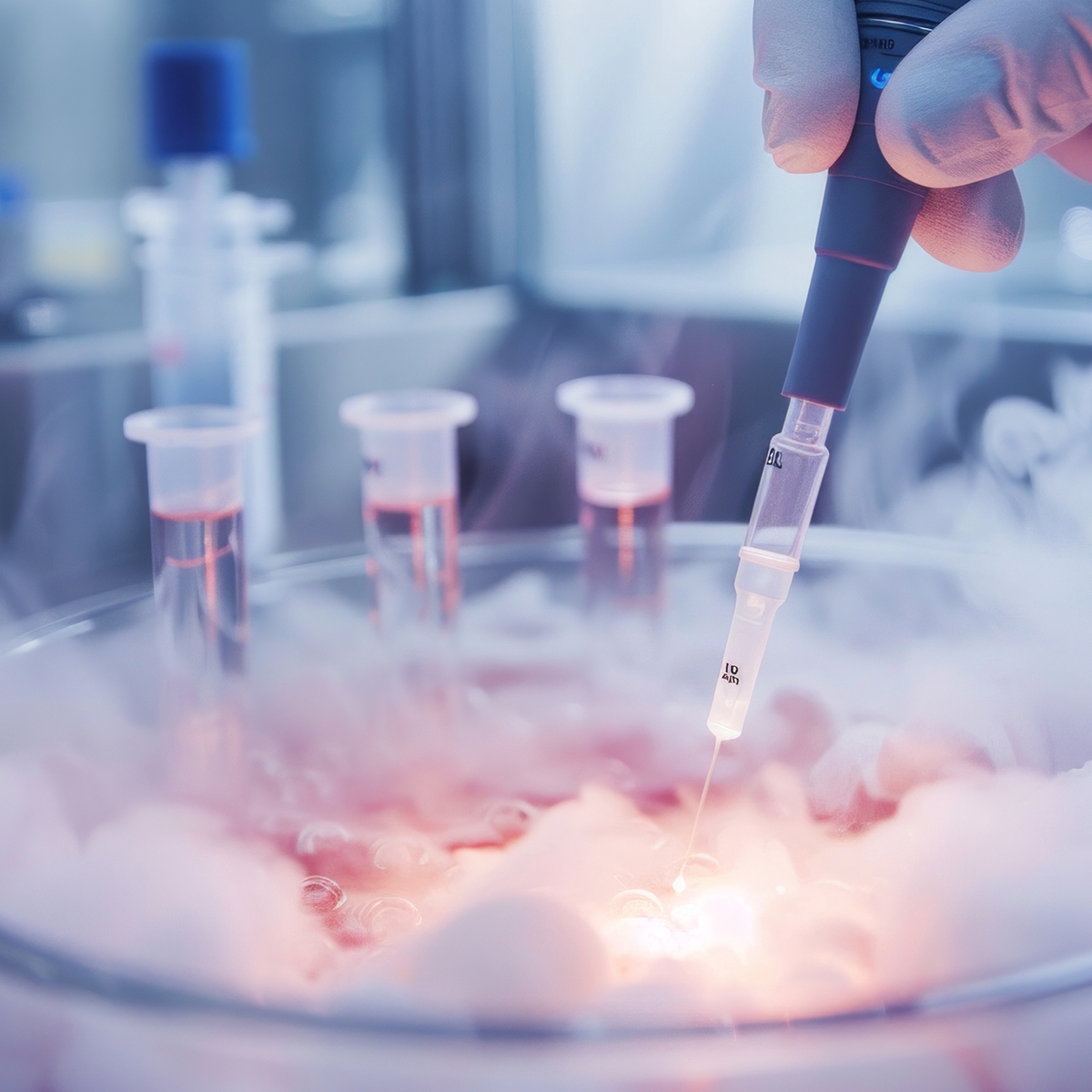

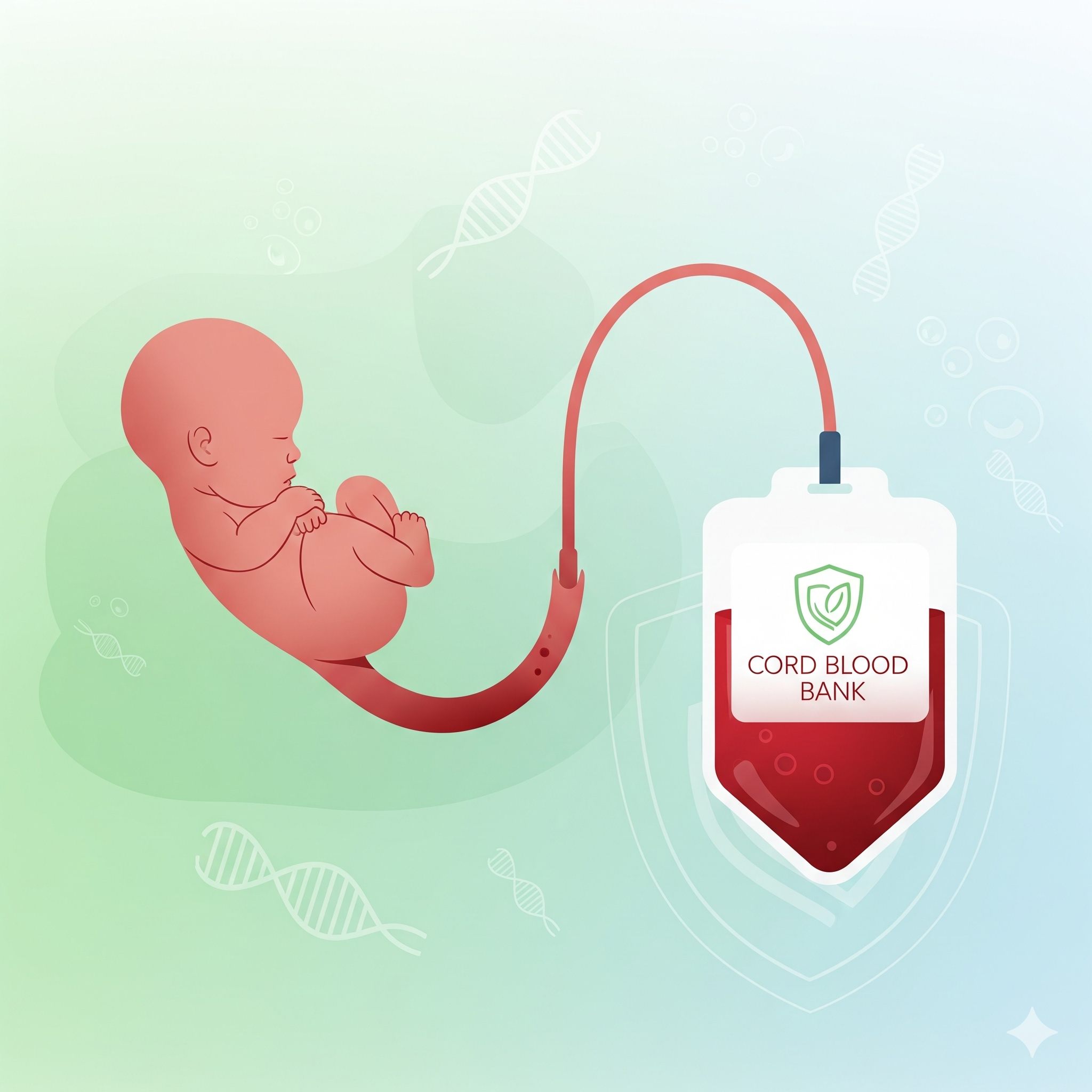

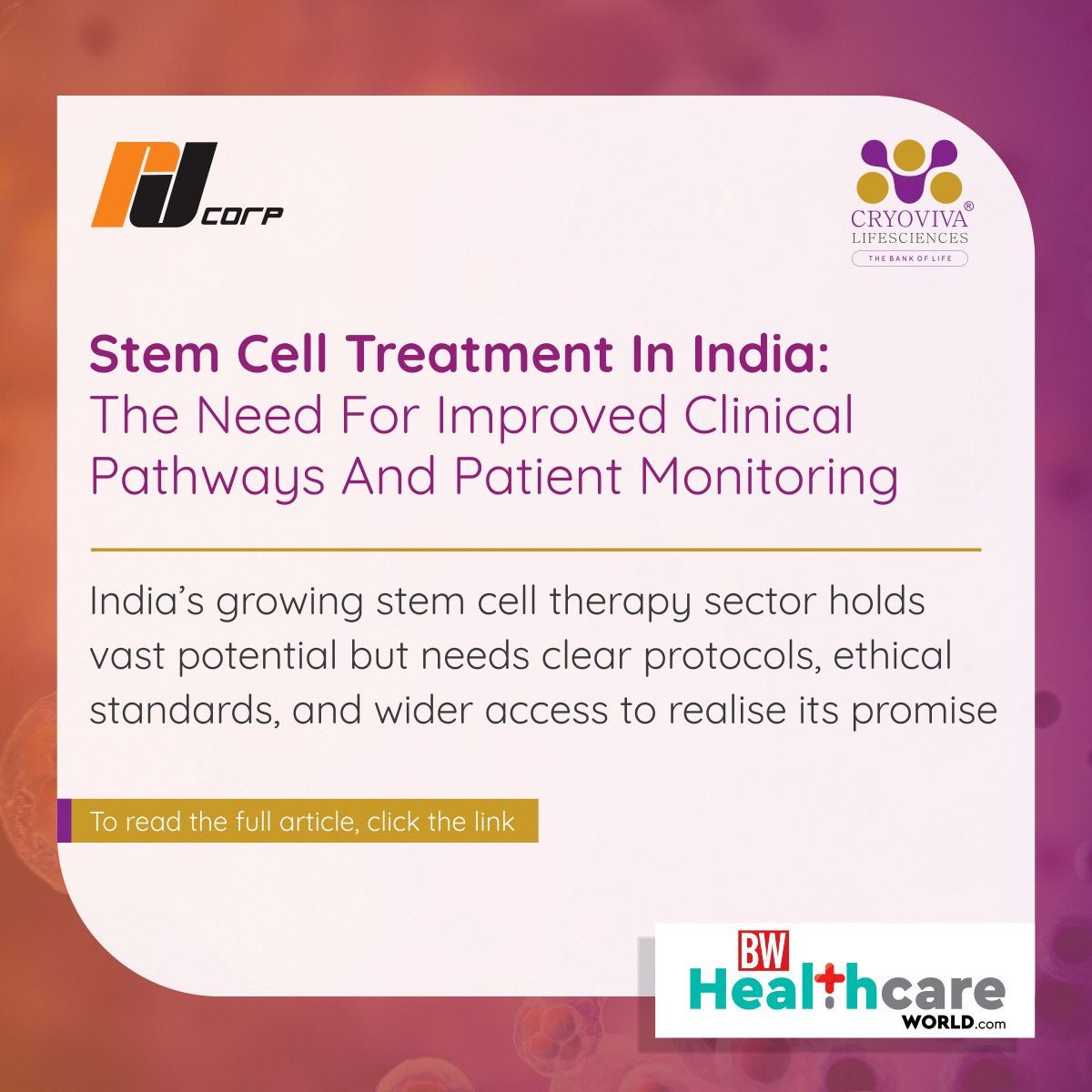



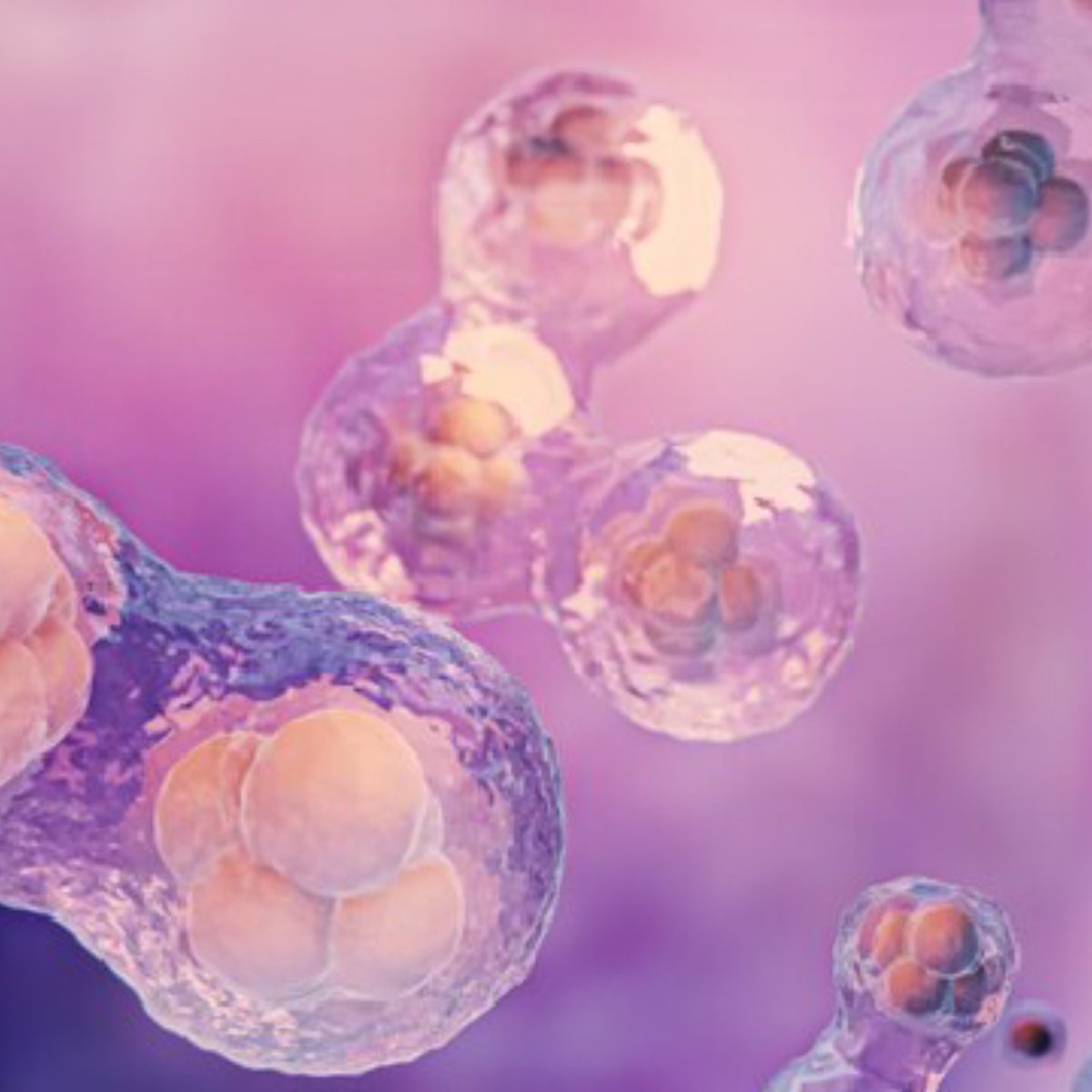


 Enquiry
Enquiry
 Email
Email Phone
Phone
 Whatsapp
Whatsapp